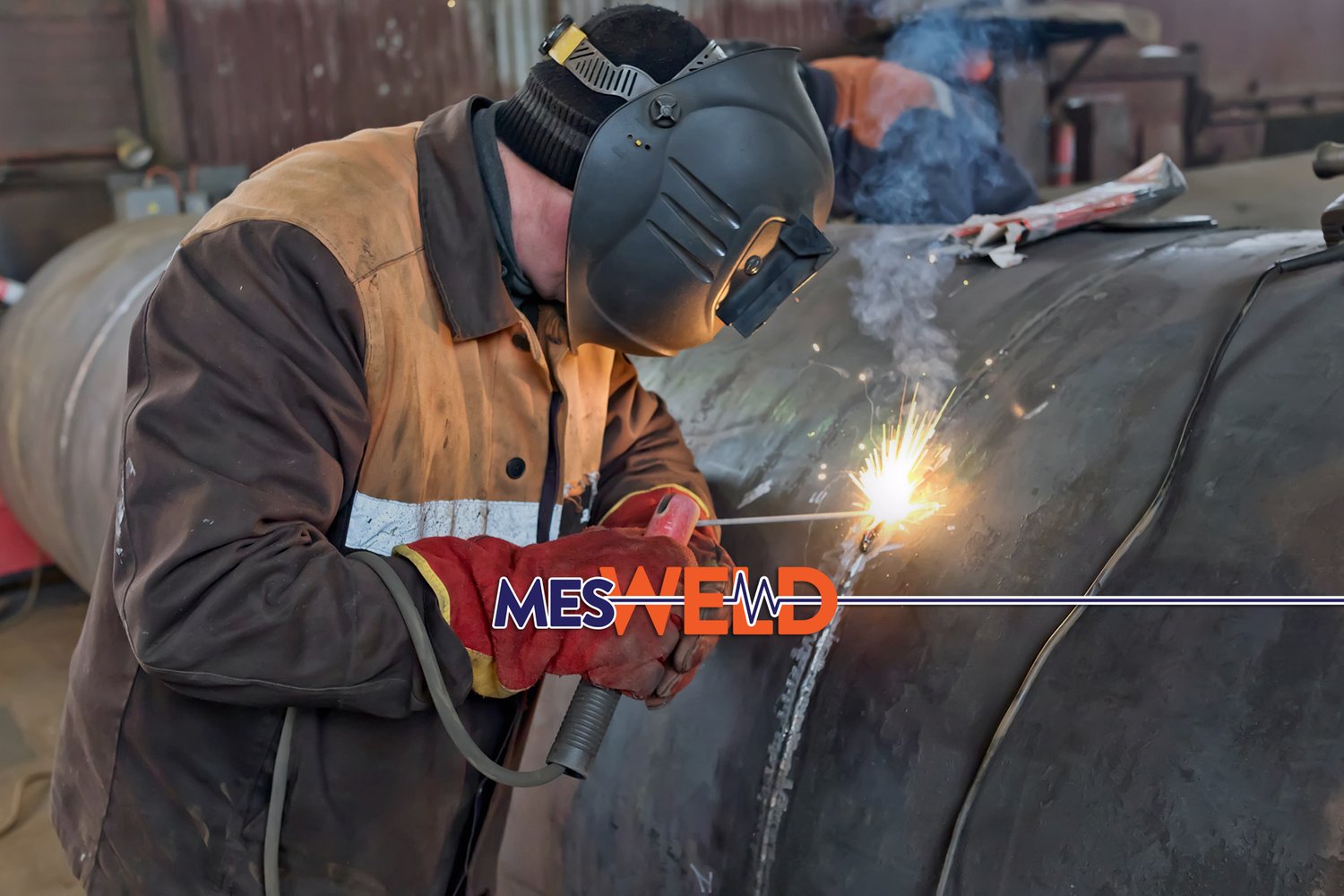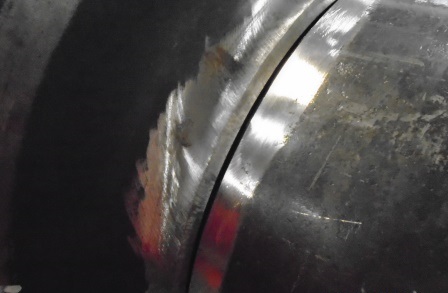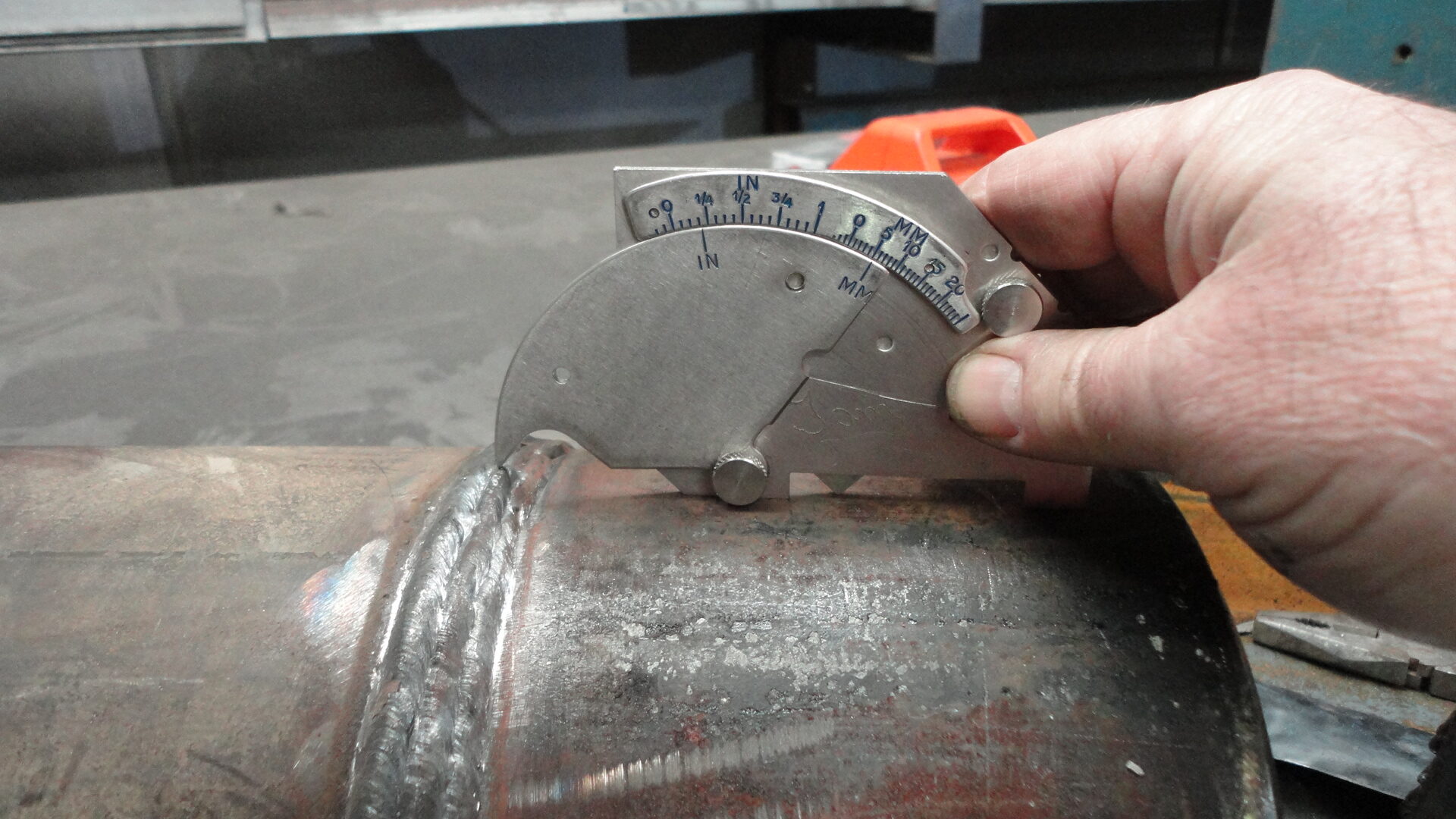Making Certain Safety And Security with Relied On Welding Inspection Milwaukee Techniques
Making Certain Safety And Security with Relied On Welding Inspection Milwaukee Techniques
Blog Article
A Thorough List for Effective Welding Examination Practices
In the realm of welding, the honesty of frameworks is critical, demanding an extensive method to evaluation methods. Checking out these important components can generate insights that greatly effect welding procedures.
Comprehending Welding Standards
Welding requirements play an essential duty in guaranteeing the top quality and safety of bonded components and structures. These criteria establish the requirements for products, procedures, screening, and examination, thus giving a framework for constant quality control in welding procedures. Numerous organizations, including the American Welding Culture (AWS), the International Company for Standardization (ISO), and the American Society of Mechanical Engineers (ASME), have actually created extensive requirements that control different aspects of welding.
Comprehending welding criteria is important for experts in the area, as adherence to these standards minimizes the risk of flaws and failings in bonded joints. These criteria cover specific demands for weld high quality, consisting of appropriate resistances, the sort of welding techniques to be used, and the qualifications needed for assessors and welders.

Pre-Welding Inspection Actions
Prior to any type of welding procedure begins, a thorough pre-welding assessment is necessary to recognize prospective concerns that may jeopardize the quality of the weld. This preliminary action functions as an essential structure for guaranteeing conformity with suitable welding codes and requirements.
The initial step in the pre-welding assessment is to confirm the products being used. This consists of monitoring for the appropriate kind and quality of steels as specified in the job documents. Next off, it is important to evaluate the fit-up of the components to guarantee correct placement and joint configuration. Imbalance can lead to inadequate infiltration and architectural weak points.
Additionally, evaluating the cleanliness of the surfaces is important; pollutants such as paint, rust, or oil can adversely affect the quality of the weld. Following this, an extensive evaluation of the welding devices must be carried out, making sure that it is calibrated and in good working condition.
Last but not least, reviewing the credentials of the welding employees is imperative. Welders must have the essential qualifications and experience to do the certain welds required for the project. By sticking to these pre-welding examination actions, the possibility of problems and failures in the last weld can be substantially minimized.

In-Process Assessment Techniques
In-process assessment strategies play an important duty in guaranteeing the honesty and quality of welds as they are being performed. These strategies allow examiners to recognize defects or variances from requirements in real time, thus ensuring and stopping pricey repairs adherence to design demands.
One trick strategy entails visual evaluation, where examiners examine the weld grain for harmony, infiltration, and proper profile. This can be enhanced by the use evaluates to measure weld measurements, ensuring conformity with fixed resistances. In addition, the implementation of non-destructive testing (NDT) methods, such as ultrasonic screening or magnetic particle screening, throughout the welding procedure can disclose subsurface imperfections that might not be noticeable on the surface.
An additional vital facet is keeping track of welding parameters, including voltage, amperage, and travel speed. Uniformity in these criteria is critical for achieving optimum weld top quality. Recording these go to these guys specifications during the welding operation provides a traceable document for future referral.
Training personnel in proper inspection strategies and making use of proper tools enhances the performance of in-process examinations. By incorporating these methods, organizations can attain greater quality welds, reduce rework, and inevitably make sure the security and reliability of bonded structures.
Post-Welding Quality Checks
Adhering to the completion of welding procedures, post-welding quality checks are critical to validate that the welds meet all defined needs and requirements. These checks are important for making certain the stability and resilience of the bonded joints. my sources The assessment process normally begins with an aesthetic examination, analyzing for surface issues such as fractures, porosity, or incomplete fusion.
Ultimately, non-destructive testing (NDT) approaches, such as ultrasonic testing, radiographic screening, or magnetic fragment testing, might be employed to find internal problems that are not noticeable to the naked eye. Each approach has its unique advantages and is picked based on the weld's place, product type, and the nature of the application.
Furthermore, validating dimensional accuracy is a crucial facet of post-welding quality checks. This includes gauging the weld's placement, size, and profile to make certain conformity with design specs. Evaluating the mechanical buildings of the weld, consisting of tensile toughness and ductility, can provide further assurance of performance under operational conditions. Generally, detailed post-welding inspections are vital for maintaining adherence, safety and security, and efficiency to regulative and industry standards.
Documents and Reporting
Just how can efficient documents and reporting improve the welding inspection procedure? Accurate paperwork and comprehensive coverage are vital elements that ensure the stability and top quality of welding operations. Welding Inspection Milwaukee. They offer as a formal record of examination findings, promoting accountability and traceability in conformity with sector standards

A well-structured reporting system allows examiners to plainly connect any disparities, locations, or non-conformances needing enhancement. This transparency cultivates a setting of continual improvement, as stakeholders can readily evaluate past performance and carry out restorative activities.
In addition, reliable documents consists of thorough documents such as welding treatment requirements (WPS), welder credentials, and inspection lists. These components give a structure for reviewing weld top quality and adherence to developed standards. In the occasion of conflicts or high quality problems, comprehensive documentation works as a dependable recommendation, lowering ambiguity and safeguarding all parties involved.
Last but not least, keeping arranged records assists in training and licensing employees, making sure that market best practices are promoted. Inevitably, careful documentation and reporting not pop over to this site only boost the welding assessment process yet additionally add to the overall safety and security and dependability of welded frameworks.

Conclusion
Finally, a comprehensive checklist for reliable welding inspection methods is crucial for ensuring high quality and security in bonded frameworks. Adherence to established welding requirements, careful pre-welding examinations, rigorous in-process assessments, and complete post-welding top quality checks collectively add to the integrity of welded joints. Furthermore, thorough documents and coverage of inspection findings enhance accountability and help with continual improvement. Implementing these practices will considerably help in compliance with market requirements and eventually promote a culture of high quality in welding operations.
Welding requirements play a vital function in guaranteeing the quality and safety and security of bonded frameworks and parts. Various companies, including the American Welding Society (AWS), the International Company for Standardization (ISO), and the American Society of Mechanical Designers (ASME), have actually developed comprehensive criteria that regulate various elements of welding.
Following the conclusion of welding operations, post-welding quality checks are essential to verify that the welds meet all defined standards and needs - Welding Inspection Milwaukee.In final thought, a comprehensive list for effective welding examination methods is essential for making sure quality and security in bonded structures. Adherence to developed welding standards, thorough pre-welding evaluations, strenuous in-process assessments, and detailed post-welding high quality checks jointly contribute to the stability of bonded joints
Report this page